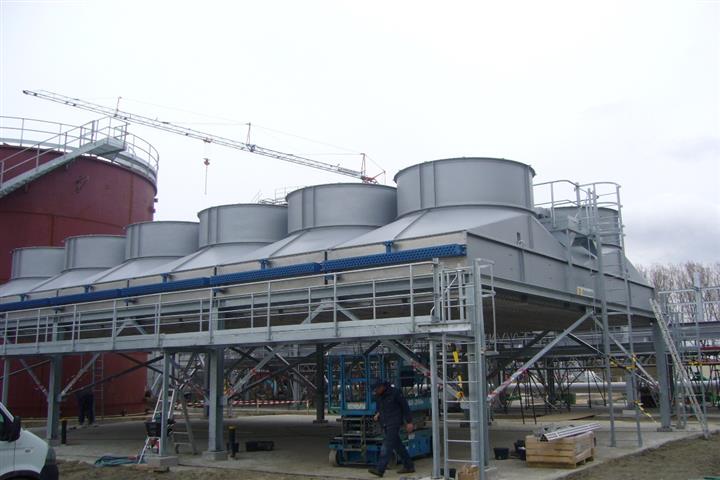• Heat exchange conditions: convection coefficients, resistance caused by the walls and by fouling.
• Overall heat transfer coefficient. Mean heat potential in a heat exchanger.
• Transferred heat flow rate across an installed surface.
• TEMA standard heat exchangers nomenclature. Selection criteria for different types of shells and front and rear head ends.
• Geometrical characteristics of TEMA heat exchangers.
• Different two-phase flow regimes.
• Characterization parameters. Flow regime maps.
• Pressure drops in two-phase flow
• Heat exchange without change in physical state: convection coefficient and pressure drops in the tube bundle and shell. Division of flow into several currents according to construction patterns.
• Vaporization: boiling mechanisms, convection coefficients inside and outside horizontal and vertical tubes. Hydrodynamics of thermosiphon reboilers.
• Condensation: condensation modes, film condensation characteristics, influence of the nature of the vapor to be condensed (pure substance, mixtures, existence of uncondensables).
• Air coolers: overview of technology, convection coefficient and pressure drops in the air, ventilation power.
• Constraints arising from the process and thermal sizing.
• Influence of technological constraints related to operating conditions: nature, pressure, temperature or difference in temperature of fluids.
• Vibrations induced by flow in a shell: prediction, severity criteria, influence on design.
• Influence of construction and assembly constraints: tubing, inlet and outlet areas of bundles and shells, tube bundles, baffle plates and supports.
• Influence of construction patterns on thermal performance.
• Restrictions due to heat exchanger weight, size and arrangement.






comments (0)